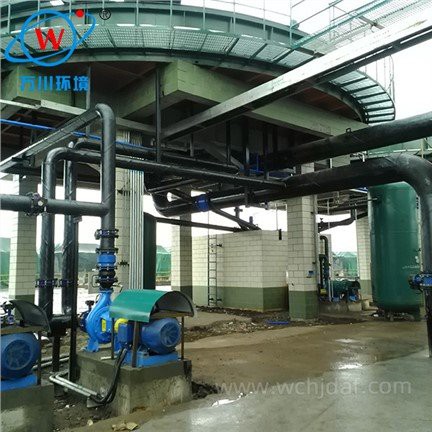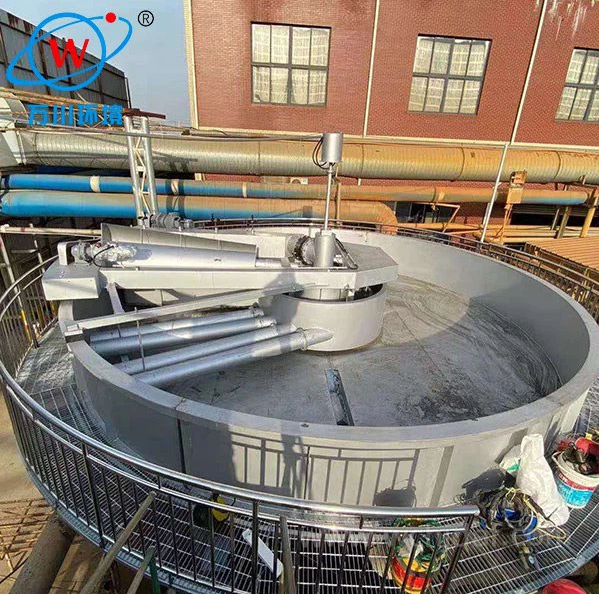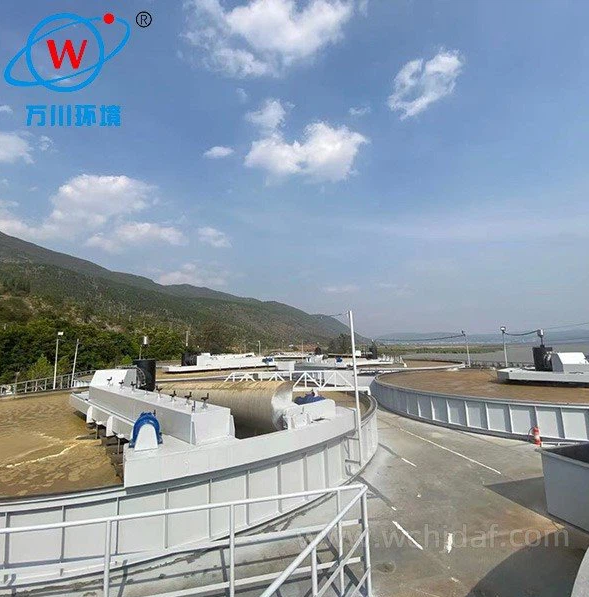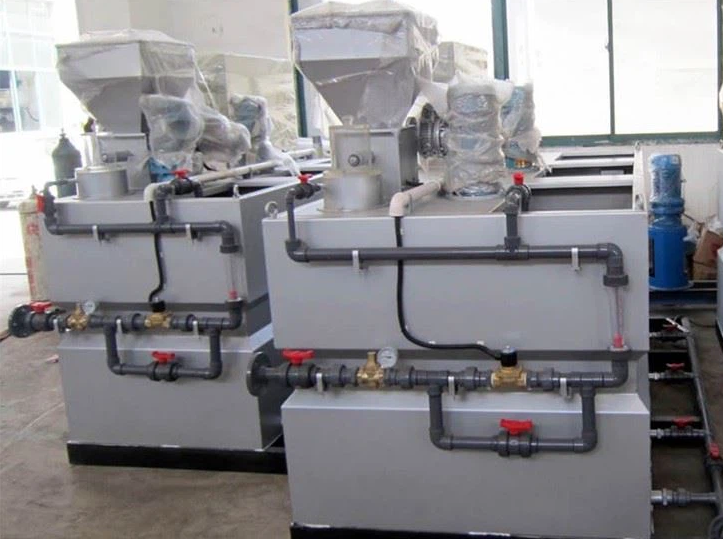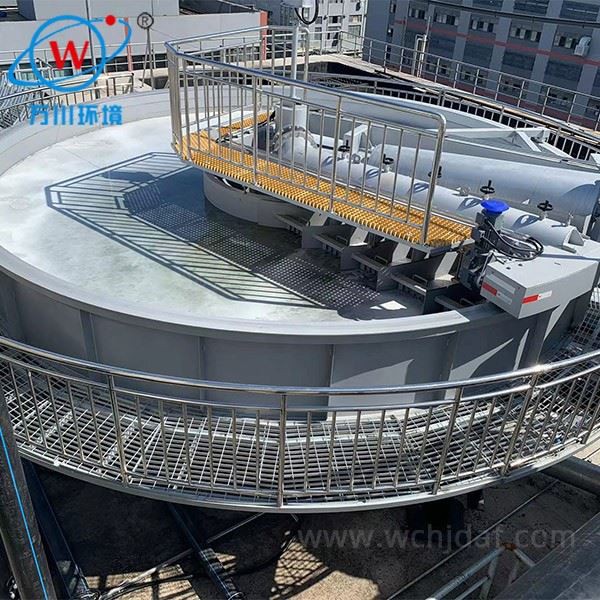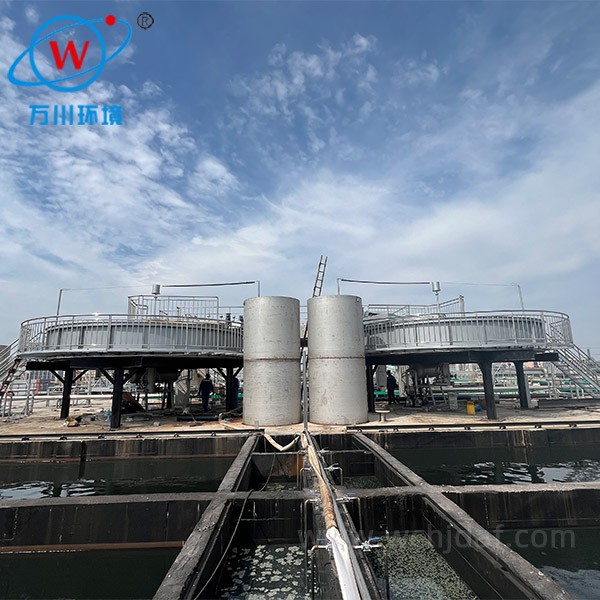Dissolved Air System Maintenance Guide
Essential procedures to ensure optimal performance and longevity of your dissolved air flotation system
Daily Cleaning and Preventive Maintenance
- After daily operation and before shutting down the dissolved air system, flush the releaser with clean water.
- This will disperse attached impurities and micro-flocculation, preventing residual contaminants from accumulating and clogging.
- Regularly check the pressure and flow rate of the releaser piping to ensure stable water flow.
- Avoid backflow of impurities due to pressure fluctuations.
- During equipment downtime, keep the releaser interior moist to prevent the adhesion of dried crystals.
- Create optimal conditions for the next startup.
Regular Disassembly and Clearing Blockages
- Regularly disassemble the releaser assembly based on operating conditions.
- Use a soft-bristled brush or specialized cleaning tool to clean the release port and internal passages.
- Remove accumulated scale, biofilm, and chemical residue.
- For stubborn scale, soak and rinse with a mild acidic detergent.
- Avoid scratching the delicate structure of the release port with hard objects.
- After cleaning, inspect the integrity of the components to ensure the release port is not deformed or clogged.
- During assembly, ensure that the seals are intact to prevent air leaks during operation.
Monitoring and Adjusting Operating Parameters
- Use pressure gauges and flow monitoring devices to monitor the operating status of the releaser in real time.
- Any abnormally high pressure or decreased bubble generation may indicate releaser blockage.
- Prompt shutdown and inspection is required when issues are detected.
- Adjust the dissolved air pressure and flow rate based on water quality.
- Avoid releaser overload or accelerated scaling due to improper parameters.
- Regularly calibrate relevant instruments to ensure accurate monitoring data.
- Provide a reliable basis for maintenance decisions.
Component Replacement and Performance Restoration
- Regularly inspect the releaser for wear.
- If the release port is worn, seals are aged, or components are cracked, replace the corresponding parts promptly.
- Ensure uniform bubble release after replacement.
- When replacing parts, use genuine adapters to ensure accurate installation.
- Avoid size mismatches that may affect dissolved air performance.
- After replacement, conduct a trial run to observe bubble morphology and distribution.
- Once the releaser has returned to normal performance, resume full operation.
- Maintain overall equipment efficiency through regular component checks.

